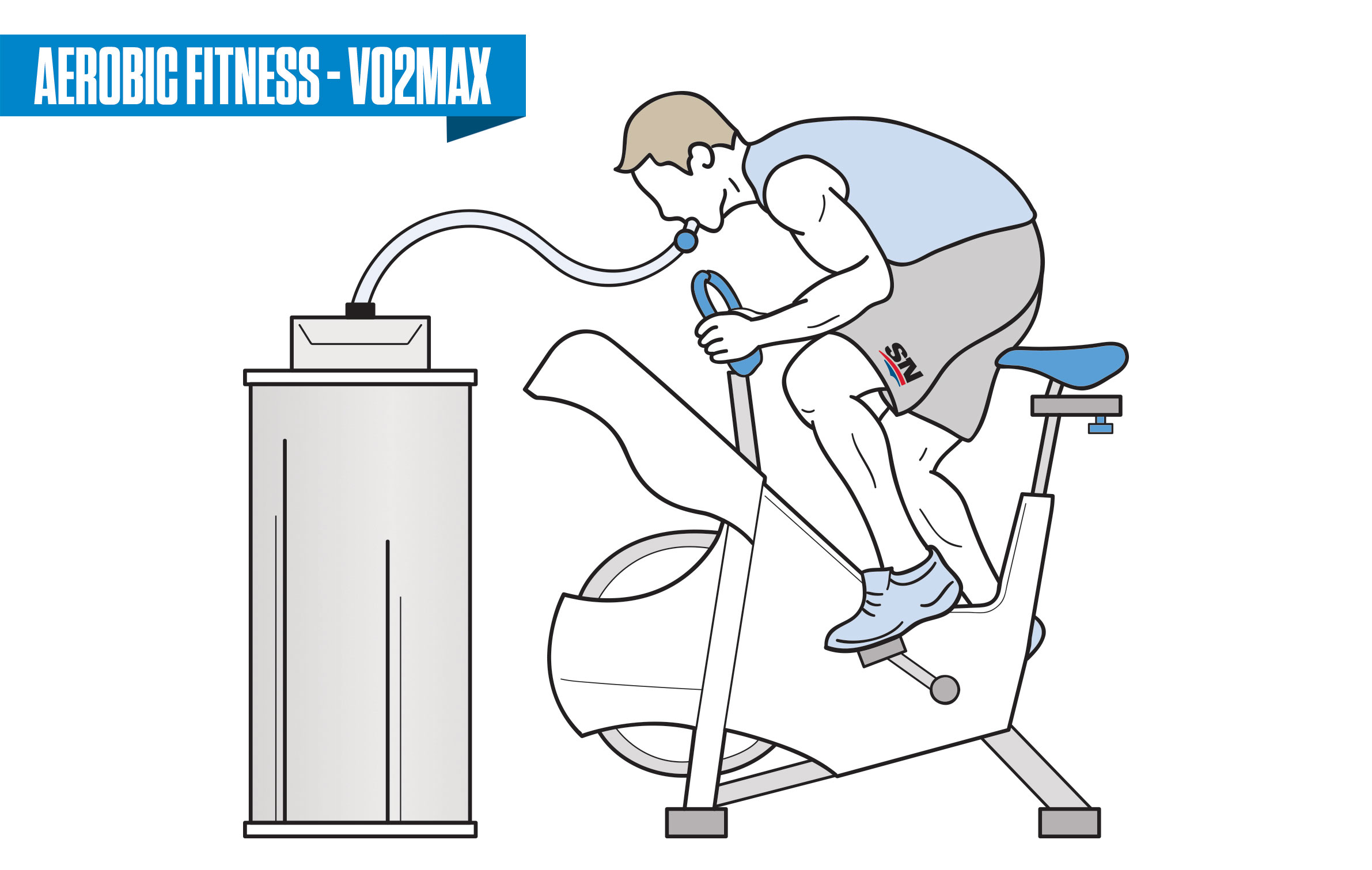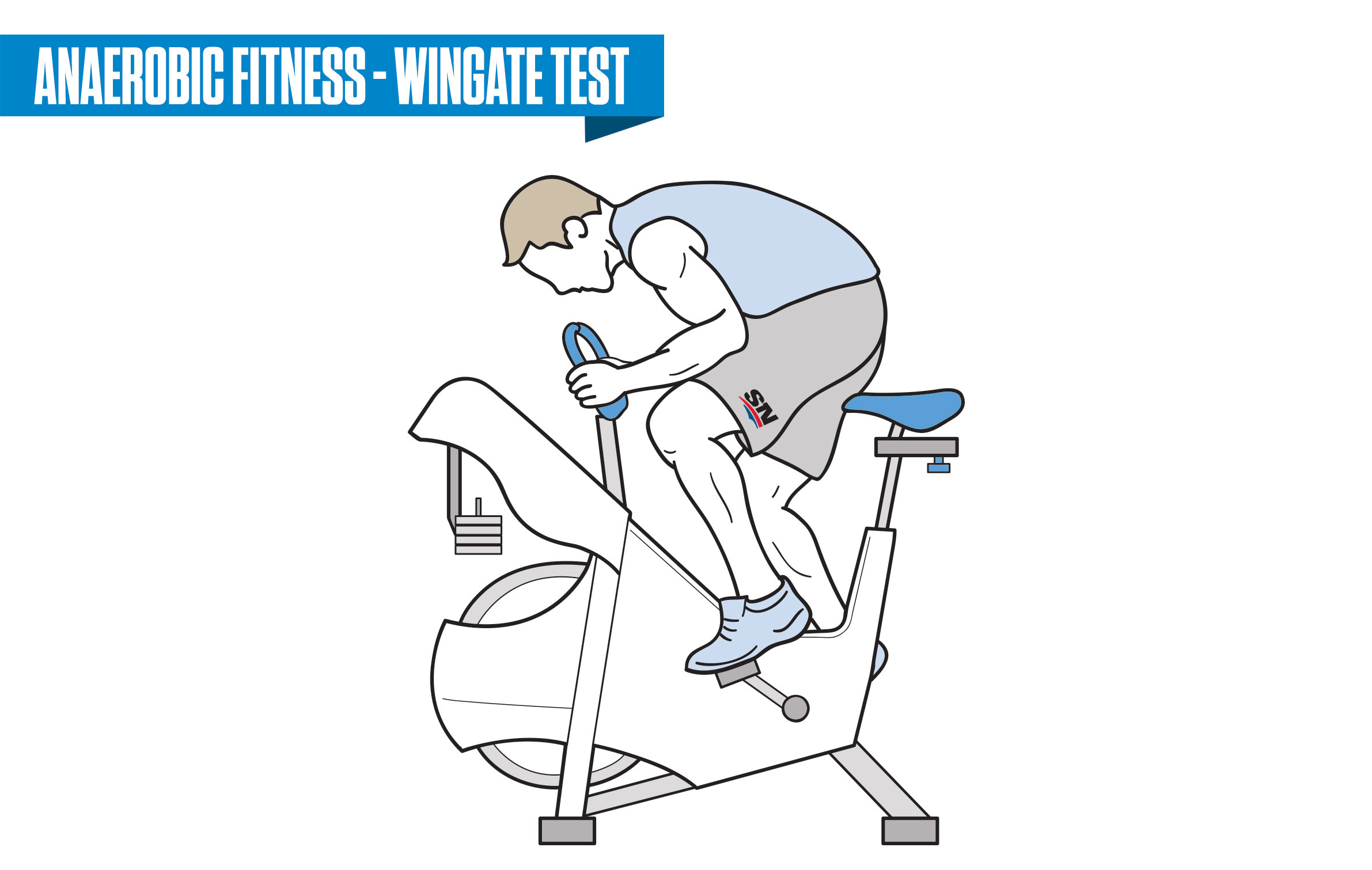The 2018 NHL Scouting Combine is underway this week in Buffalo and while we’re fairly certain the Sabres will select Rasmus Dahlin first overall in June’s draft, performances and interviews at the week-long scouting combine can sway GMs to move prospects either up or down the draft board.
Other than the fresh list of participating prospects, this year’s combine will remain more or less identical to what we’ve seen the past few years.
Sportsnet.ca will live stream the combine on Saturday as the players move in groups through most of the drills. The stream will run from 9:00 a.m. ET until noon.
If you’re unfamiliar with the annual showcase, here’s a quick rundown of what it’s all about.
[relatedlinks]
Where and when does it take place?
The combine is happening in Buffalo for a third consecutive year. It began Sunday, May 27 and runs through Saturday, June 2, three weeks prior to the 2018 NHL Draft, which takes place in Dallas.
The two combine venues are the First Niagara Center and HarborCenter with the fitness tests taking place at the latter. The fitness testing portion of the combine happens Friday and Saturday with medical examinations and some team interviews occurring in the preceding days.
Who will be there and can I watch?
There are 104 prospects scheduled to participate in this year’s combine. There will be 82 North American players and 22 international prospects. By position the breakdown is 61 forwards, 36 defencemen and seven goalies. The combine will of course have all the top prospects, including No. 1-ranked Dahlin.
You can find the full list of players invited to the combine here, and the Saturday groupings will be released closer to June 2. When they become public, we will post them on this page.
What’s the point of the combine?
It affords NHL general managers and scouting staffs the opportunity to meet draft-eligible hockey prospects, speak with them in one-on-one situations and examine what they are capable of off the ice both physically and mentally. Teams can meet with players throughout the week prior to fitness testing.
Here’s former Calgary Flames president of hockey operations Brian Burke in 2017 talking about the importance of the combine and what teams take away from it.
What exactly will the players be put through during testing?
There are 12 fitness tests, all of which you can learn about below.
Four tests—Y-Balance, Functional Movement Screen, Grip Strength, Aerobic Fitness VO2max—are closed to the public. All other tests will be open to NHL teams and the media on Saturday.
Results from the Y-Balance and Functional Movement Screen tests will not be made available but a list of the top 25 results from each of the other physical examinations will be posted online in real-time to centralscouting.nhl.com. Sportsnet.ca will also post the top 10 performers in each drill at the conclusion of the combine, just as we did last year.
Here’s an overview of the tests that will completed during combine week…

Y-Balance– The Y-Balance is a dynamic test performed in single-leg stance that requires strength, flexibility, core control and proprioception. It has been used to assess physical performance, demonstrate functional symmetry and identify athletes at greater risk for lower extremity injury. The goal of this test is to maintain single-leg stance on one leg while reaching as far as possible with the contralateral leg. Each test is repeated three times with the maximum reach in each direction recorded.
Here is an instructional video to get an understanding of the drill.

Functional Movement Screen – This is a series tests which assesses mobility and stability in the athlete during following seven movement exercises: deep squat, hurdle step, inline lunge, shoulder mobility, active straight leg raise, trunk stability pushup and rotary stability. It is meant to identify the quality, limitations and weaknesses (or right and left side imbalances) of basic movements by an athlete.

Grip Strength – The athlete adjusts a hand grip dynamometer to his hand size, fully extends his arm and squeezes the dynamometer as forcefully as possible. The test is conducted on both hands.

Aerobic Fitness VO2max – Aerobic fitness is assessed by measuring the amount of oxygen utilized (VO2 max) during maximal exercise employing volume determination and analysis of expired air. In addition, heart rate is monitored continuously, providing data for heartrate-based training. This test will be performed on a professional grade spin bike (Watt Bike) cycle ergometer using a Cortex Metalyzer VO2 cart.
The end point is determined by either:
a) the athlete physically stops pedalling
b) the athlete experiences difficulty breathing or chest pain or
c) the appraiser stops the subject because the athlete can no longer maintain the required rpm despite intense effort.


Standing Height – Athlete stands against a wall (barefoot, heels together with the backs of the feet touching the wall) and their height is measured to the nearest quarter inch.
Wingspan – Athlete extends his arms straight out to the sides. Wingspan is measured to the nearest quarter inch from the middle finger tip to middle finger tip.

Standing Long Jump – Athlete stands with feet slightly apart with toes behind the jumping line. Using an arm swing to assist, the athlete jumps as far as possible.

Jump Station (AccuPower Dual Force Plate System) – An AccuPower Dual Force Plate system will be used to objectively measure the direction, strength and timing of the three-dimensional (3D) forces that the athlete produces during hockey related movement. The AccuPower system also captures synchronized video data from two high speed cameras and overlays the 3D force vector produced from each leg. The test will provide immediate feedback allowing teams to assess movement efficiency, physical performance and injury potential.…
Three jump types will be performed: Vertical Jump (with arm swing), No Arm Jump (no arm swing / hands on hips) and Squat Jump (squat start / hands on hips). Each jump test will include three separate maximum effort vertical jumps separated by 10 seconds of rest. The athlete’s best vertical jump height from the three attempts of each jump will be recorded.

Bench Press – Conducted using a standard padded bench with the athlete lifting 50% of his body weight (pre-determined) utilizing free weights (including the barbell). The athlete lies on his back on the bench and grips the barbell with thumbs approximately shoulder width apart. The buttocks must remain on the bench with the feet on the floor. The starting position is with the arms fully extended. The bar is lowered to the chest, after a slight pause, athlete pushes the bar as quickly as possible until their arms are fully extended. Each athlete will perform three reps at maximum velocity, with a slight pause between each rep at the chest position. A “Gym Aware” device will be used to measure the velocity of the bar and the athlete’s ability to produce power. The reported score will be measured in watts/kg.

Pro Agility Test – The 5-10-5 yard shuttle (or 15-30-15 feet) evaluates multi-directional speed, agility and whole body reaction plus control. Each player will perform one sequence starting to the right and one sequence starting to the left.

Pull Ups – Athlete does as many consecutive pull ups they can while maintaining the correct technique.

Wingate Cycle Ergometer Test – The athlete warms up by pedalling at a low resistance for two minutes. When given the start command, the player will perform the following intervals while seated.
:10 max rpm effort
:05 recovery to 60 rpms
:05 max rpm effort
:10 recovery to 60 rpms
:05 max rpm effort
:05 recovery to 60 rpms
:05 max rpm effort
A player’s peak power output and mean power output at each max effort interval is recorded.
The graphics above were created by Erika Vanderveer. Descriptions of the tests were provided by the NHL.
[relatedlinks]





